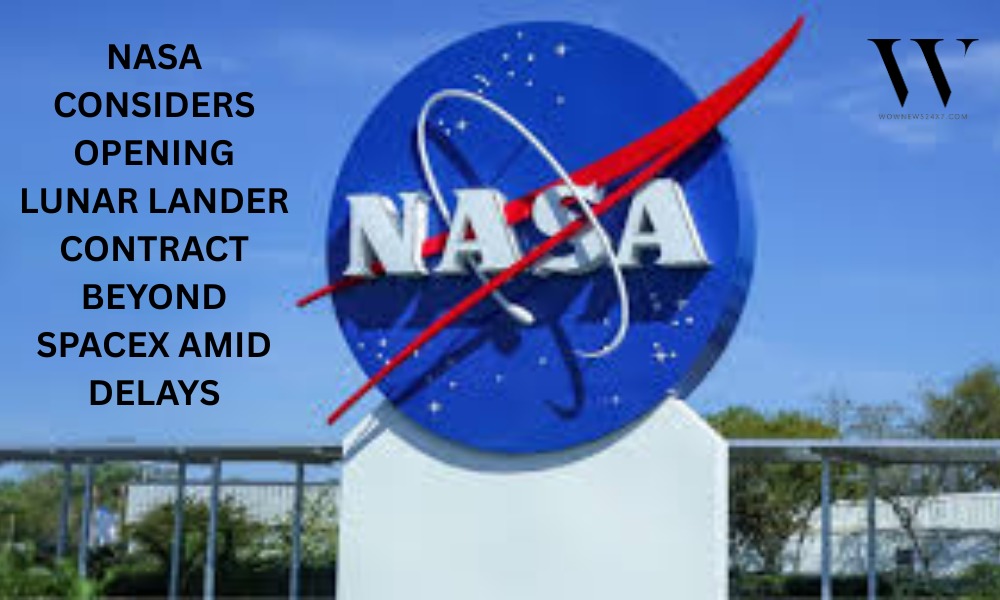NASA is opening the Artemis 3 moon landing contract to rival companies due to delays with SpaceX’s Starship spacecraft. Acting NASA Administrator Sean Duffy emphasized the need to accelerate plans amid a Chinese lunar race, inviting firms like Blue Origin and Lockheed Martin to compete to return astronauts to the moon by 2027.
NASA's ambitious Artemis program, aiming to return humans to the lunar surface by 2027, is facing a critical juncture as SpaceX, the primary contractor, has fallen behind schedule in developing its Starship lunar lander. Acting NASA Administrator Sean Duffy revealed on October 20 that the agency is opening the Artemis 3 lunar lander contract to new competitors, signaling a shift in strategy to ensure the US retains its space leadership.
Key Highlights
SpaceX holds a $4 billion contract to develop the Starship lunar lander for Artemis 3, which was slated to carry astronauts to the moon’s south pole. However, persistent delays in Starship’s development timeline have raised concerns about meeting the 2027 mission date.
Duffy stated, “We’re not going to wait for a single corporation,” emphasizing that NASA will invite rival American aerospace companies such as Blue Origin, Lockheed Martin, and potentially others to bid for the contract.
The move is driven by an intensified space race with China, which aims to land astronauts on the moon by 2030, and the US government’s desire to achieve the lunar landing before the end of President Donald Trump’s term in January 2029.
Blue Origin, Jeff Bezos’s space company, has expressed willingness to compete, holding a separate $3.4 billion contract for the Artemis 5 mission. Lockheed Martin and Boeing are also considered potential contenders.
The decision to open competition could involve reallocating funds or creating parallel lunar lander projects, potentially increasing program costs but aiming to reduce risk from a single point of failure.
SpaceX CEO Elon Musk responded skeptically on social media, stating that Starship’s progress surpasses that of the entire aerospace sector and reaffirming his confidence that Starship will handle the entire moon mission.
Strategic Implications
NASA’s readiness to diversify partners underscores a pragmatic approach in a high-stakes geopolitical and technological contest. The Artemis program’s success is critical for establishing a sustained human presence on the moon, serving as a foundation for future Mars exploration. With the Artemis 2 mission scheduled for early 2026, NASA remains cautiously optimistic but vigilant in managing contractor performance and timelines.
Sources: Reuters, Los Angeles Times, Bloomberg, New York Times, CNBC, Economic Times

